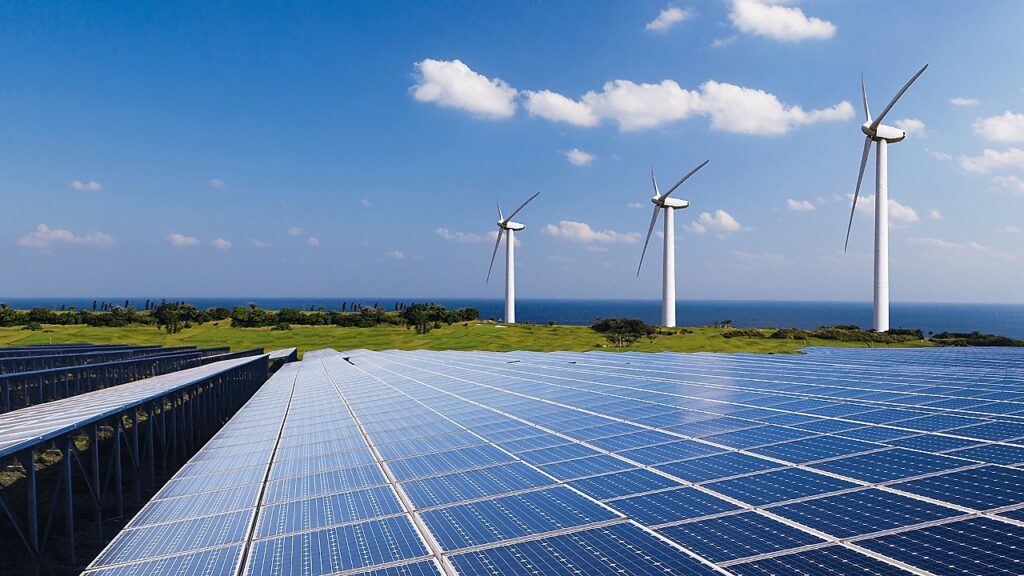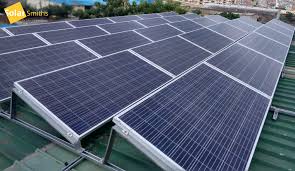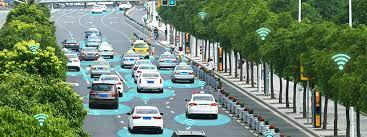Introduction – Positive Impact
In today’s rapidly evolving world, technological advancements have become a driving force in shaping our future. As we strive for a more sustainable and eco-friendly society, it’s essential to explore how new technologies can contribute to this goal. In this article, we will delve into various examples of Innovative Technologies that have a Positive Impact on Sustainability. From renewable energy solutions to smart transportation systems, these groundbreaking advancements hold the potential to transform our planet for the better.

What is an example of new technology having a negative impact on sustainability?
Here are some examples of new technology having a negative impact on sustainability:
- Cryptocurrency mining: The process of mining cryptocurrency, such as Bitcoin, requires a lot of energy. This energy is typically generated by burning fossil fuels, which contributes to climate change.Opens in a new windowspectrum.ieee.orgCryptocurrency mining
- Artificial intelligence (AI): AI can be used to automate tasks that are currently done by humans, which can lead to job losses. AI can also be used to create new products and services that may have negative environmental impacts.Opens in a new windowwww.forbes.comArtificial intelligence (AI)
- 3D printing: 3D printing can be used to create products that are not biodegradable, which can add to the amount of waste in landfills. 3D printing can also be used to create products that are made from materials that are not sustainable, such as plastics.Opens in a new windowwww.forbes.com3D printing
- Self-driving cars: Self-driving cars are still in the early stages of development, but they have the potential to have a negative impact on sustainability. Self-driving cars could lead to an increase in traffic, which would increase pollution. Self-driving cars could also lead to an increase in energy consumption, as they would need to be equipped with more sensors and computing power.
It is important to note that these are just a few examples, and there are many other new technologies that could have a negative impact on sustainability. It is important to be aware of these potential impacts so that we can make informed decisions about the development and use of new technologies.
Renewable Energy Solutions

Renewable energy is a crucial aspect of sustainable development. It allows us to reduce our reliance on fossil fuels and minimize our carbon footprint. One prominent example of new technology positively impacting sustainability is the widespread adoption of solar power systems.
Solar Power Systems

Solar power harnesses the energy of the sun to generate electricity, making it a clean and renewable energy source. The advancement of solar panel technology has made it more affordable and efficient, enabling individuals and businesses to generate their electricity. The use of solar power not only reduces greenhouse gas emissions but also offers long-term cost savings.
Wind Turbines

Another example of renewable energy technology is wind turbines. These towering structures capture the kinetic energy of the wind and convert it into electricity. Wind farms are increasingly being established worldwide, especially in regions with high wind potential. By harnessing the power of the wind, we can generate substantial amounts of clean energy and significantly reduce our reliance on traditional power sources.
Smart Transportation Systems

Transportation is a significant contributor to greenhouse gas emissions and air pollution. Implementing smart transportation systems can help mitigate these issues and promote sustainability.
Electric Vehicles (EVs)

Electric vehicles have emerged as a game-changer in the transportation industry. By replacing traditional internal combustion engines with electric motors powered by batteries, EVs offer a clean and sustainable mode of transportation. They produce zero tailpipe emissions and contribute to improved air quality. With advancements in battery technology, EVs are becoming more affordable and offering longer driving ranges, making them an increasingly viable option for the masses.
Intelligent Traffic Management

Intelligent traffic management systems leverage technology to optimize traffic flow, reduce congestion, and enhance fuel efficiency. By using real-time data and predictive algorithms, these systems can regulate traffic signals, detect accidents, and suggest alternate routes. By minimizing traffic congestion and idling vehicles, intelligent traffic management contributes to reduced emissions and improved fuel economy.
Sustainable Agriculture Practices

Agriculture plays a crucial role in ensuring food security for the growing global population. However, traditional agricultural practices often come at the cost of environmental degradation. Embracing sustainable agriculture practices can help mitigate these negative impacts and ensure long-term food production.
Conclusion
New technologies are playing a significant role in having Positive Impact on Sustainability, on across various sectors. From renewable energy solutions like solar power and wind turbines to smart transportation systems and sustainable agriculture practices, these advancements are paving the way for a greener and more eco-friendly future. Embracing these technologies is crucial to addressing the challenges of climate change and creating a sustainable world for generations to come.
FAQ – Positive Impact on Sustainability
FAQ 1: How does solar power contribute to sustainability?
Solar power is a renewable energy source that produces electricity without releasing harmful greenhouse gases. By harnessing the sun’s energy, solar power reduces our reliance on fossil fuels and helps combat climate change. It is a sustainable alternative that offers clean energy and long-term cost savings.
FAQ 2: Are electric vehicles truly sustainable?
Yes, electric vehicles are a sustainable transportation solution. Unlike traditional vehicles powered by fossil fuels, electric vehicles produce zero tailpipe emissions, reducing air pollution and greenhouse gas emissions. However, it’s essential to consider the source of electricity used to charge EVs to ensure it comes from renewable sources for maximum sustainability.
FAQ 3: How can precision farming benefit the environment?
Precision farming optimizes agricultural practices by utilizing technology to monitor and manage crop growth and resource usage. By applying the right amount of water, fertilizers, and pesticides only where necessary, precision farming reduces wastage and minimizes the environmental impact associated with conventional farming methods.
FAQ 4: What are the advantages of vertical farming?
Vertical farming offers several advantages for sustainability. By growing crops in vertically stacked layers, it maximizes land use efficiency, allowing for higher yields in a smaller footprint. Vertical farms also require fewer pesticides and herbicides, conserve water through recirculation systems, and reduce the need for long-distance transportation of produce.
FAQ 5: Can smart transportation systems reduce traffic congestion?
Yes, smart transportation systems have the potential to reduce traffic congestion. By utilizing real-time data and predictive algorithms, these systems can optimize traffic flow, suggest alternative routes, and manage traffic signals more efficiently. This leads to reduced congestion, shorter travel times, and improved fuel efficiency.
FAQ 6: How can wind turbines contribute to sustainability?
Wind turbines harness the power of the wind to generate clean and renewable energy. By converting wind energy into electricity, wind turbines help reduce reliance on fossil fuels and decrease greenhouse gas emissions. Wind farms can be established both onshore and offshore, making use of abundant wind resources and contributing to a more sustainable energy mix.

